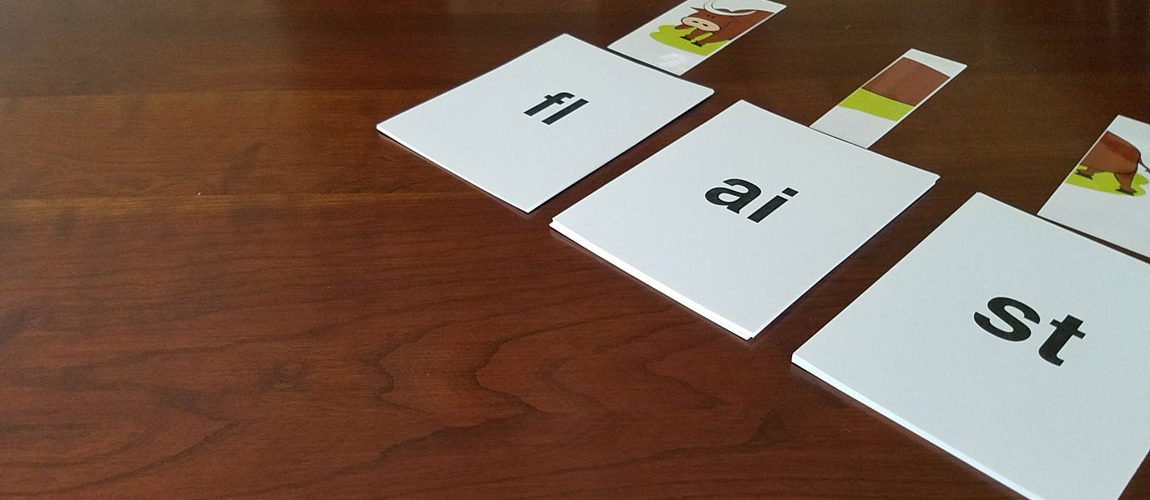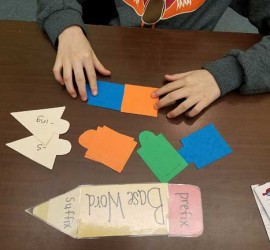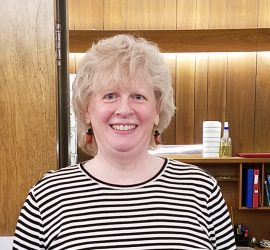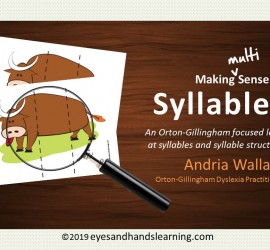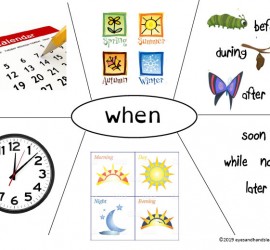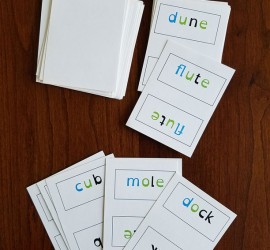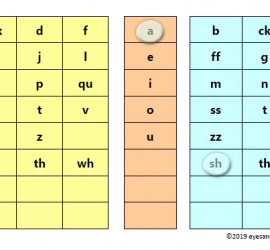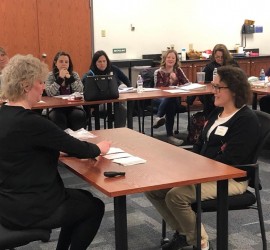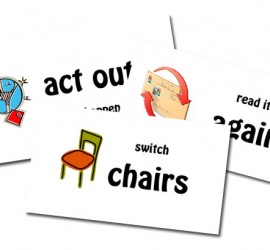LASE workshop
Thanks to the Lutheran Association for Special Education for inviting me back to present another workshop on Orton-Gillingham. We spent the afternoon taking an indepth look at syllables and syllable structure from an Orton-Gillingham focus. After learning more about how to approach teaching the concepts, everyone got to practice with … Continue reading >

